Event Program: 2024 Lime Rock (July) SpeedTour
IROC History
“The finest idea ever!” -Pete Lyons
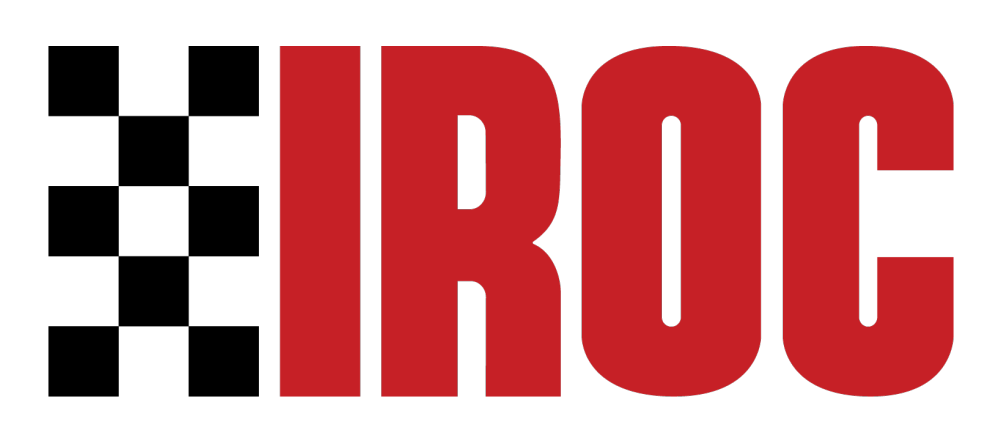
by Martin Rudow
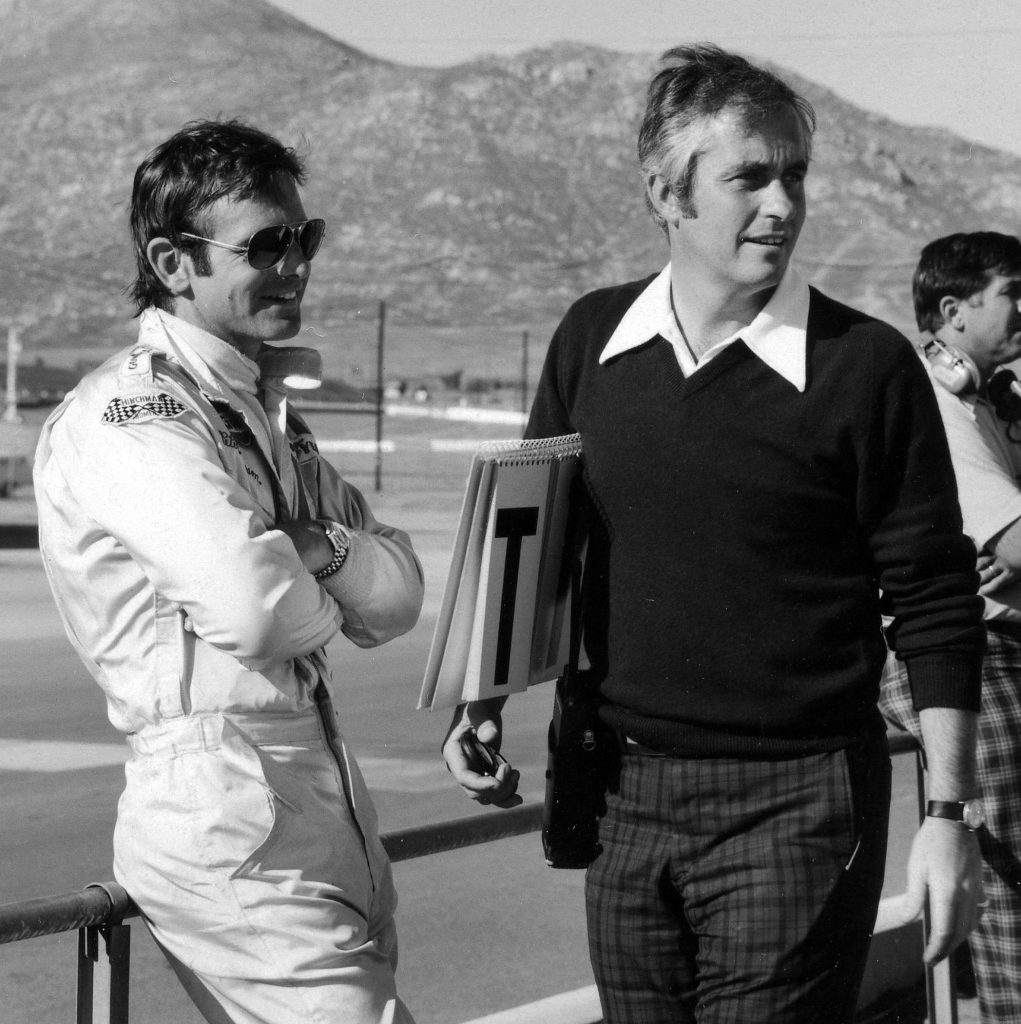 The concept was simple…pick the top drivers from each discipline in motorsports—NASCAR, USAC, Sports Cars, Formula 1—and let them race each other in identical cars. That would theoretically prove once and for all—or at least on any given day—which racing group attracted the best drivers.
The concept was simple…pick the top drivers from each discipline in motorsports—NASCAR, USAC, Sports Cars, Formula 1—and let them race each other in identical cars. That would theoretically prove once and for all—or at least on any given day—which racing group attracted the best drivers.
As it turned out, of course, world-class drivers like Mark Donohue, A.J. Foyt, Mario Andretti and Emerson Fittipaldi competed against each other every weekend, driving anything from a McLaren at Indy to a Porsche 917 at Riverside to Hertz rent-a-racers during an all-night party after Le Mans. Still, the idea of getting them together in one place at one time in identical cars was, well…irresistible!
Originally dreamt up by Ontario Motor Speedway founder David Lockton, IROC was taken over by Roger Penske, Les Richter and Mike Phelps. The format they invented consisted of four races, with the final race determining the Champion. The whole thing was packaged by Mike Phelps and sold to ABC Sports as a stand-alone TV attraction.
Over the years, IROC changed from four road courses to a combination of oval and road courses to races run solely on ovals, and also changed to a more conventional accumulation of points throughout the series to determine the winner. Roger Penske’s racing pal Jay Signore, President of IROC for its entire 25 year life, was the one who made everything happen.
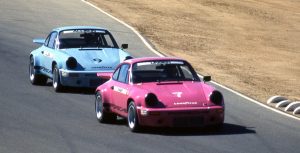 In 1973, Signore had Penske’s race shop prepare 15 identical new Porsche 911 RSRs, each powered by a 3.0-liter Flat-six rated at 320 hp. An RSR was a factory-built race car weighing only 2100 lbs., equipped with fender flares, a fiberglass whale tail, Fuchs forged aluminum wheels and 4-piston disc brakes.
In 1973, Signore had Penske’s race shop prepare 15 identical new Porsche 911 RSRs, each powered by a 3.0-liter Flat-six rated at 320 hp. An RSR was a factory-built race car weighing only 2100 lbs., equipped with fender flares, a fiberglass whale tail, Fuchs forged aluminum wheels and 4-piston disc brakes.
IROC kicked off with three races held October 27-28, 1973, during a Can-Am weekend at Les Richter’s Riverside International Raceway. The chosen sports car drivers were Mark Donohue, Peter Revson and George Follmer—all of whom raced for Penske. NASCAR was represented by Bobby Allison, Richard Petty and David Pearson; USAC by A.J. Foyt, Mario Andretti and Bobby Unser; Formula One by Jackie Stewart, Emerson Fittipaldi and Denny Hulme. Stewart and Andretti bailed out before the first event and were replaced by USAC stars Gordon Johncock and Roger McCluskey.
Donohue Won the first and third races at Riverside, but had to skip the second race in order to Qualify for the Can-Am the same weekend. He then Won the fourth IROC race and thus the 1973 Race of Champions, held on the Daytona infield road course in February, 1974. Second was his Penske teammate George Follmer, who had Won the second race at Riverside. It was neither the first nor the last Penske-organized event dominated by Penske drivers in Penske-prepared cars.
Roger Penske had close connections with Porsche, but also with General Motors. The rear-engine 911 RSR was exotic, for sure, but also very expensive and an acquired skill very different from the front-engine/rear-drive cars that NASCAR stars were used to. A Trans-Am Camaro was a much more neutral vehicle, familiar to just about every racing driver on the planet.
Penske Racing prepared a fleet of production-based, steel-bodied Camaros suitable for SCCA A-Sedan. Essentially Trans-Am cars, power came from a Traco Engineering Chevrolet smallblock V-8 of 336 cubic inches, making 440 horsepower through a single Holley four-barrel and driving through a T-10 Borg Warner 4-speed. These were tough, basic cars that had been refined through years of development. They could withstand far more abuse than a Porsche RSR, plus be repaired overnight.
Oval tracks at Michigan and Daytona were added for the second year. Bobby Unser, Emerson Fittipaldi and Bobby Allison won the first three races, then Unser edged out A.J. Foyt to win the Championship on the Daytona oval. The next year, the rules changed so that total points from the four races determined the winner. A.J. Foyt Won the IROC Championship two years in a row without winning a race.
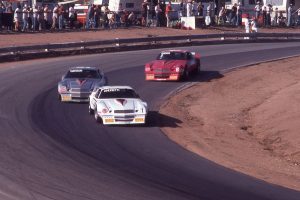 Things changed in the 1977-78 season when NASCAR driver/builder Banjo Matthews built 15 special IROC Camaros. These were tube-frame race cars with fiberglass bodywork and a Traco-built 450 hp, smallblock 350 cubic inch V-8. They used T-10 4-speed gearboxes, racing suspension and Hurst-Airheart 4-wheel disc brakes.
Things changed in the 1977-78 season when NASCAR driver/builder Banjo Matthews built 15 special IROC Camaros. These were tube-frame race cars with fiberglass bodywork and a Traco-built 450 hp, smallblock 350 cubic inch V-8. They used T-10 4-speed gearboxes, racing suspension and Hurst-Airheart 4-wheel disc brakes.
For the 1978-79 season, NASCAR, USAC and road racing each had their own race. Eight drivers ran in each, with the Top Four in each advancing to the Finals, which would consist of two races, one oval and one road, with 12 competitors. The top driver from these final two races became the IROC Champion and garnered the biggest share of a million-dollar purse.
In the end, Neil Bonnett edged out Mario Andretti in a close finish at Atlanta Speedway, but Andretti had enough points to Win the 1978-79 series. Bonnett was Second. The next year, Darrel Waltrip Won the road racing final at Riverside, but Bobby Allison Won the oval race at Atlanta and the Championship.
IROC lost its television sponsorship in 1979, and suspended activities until 1984, when General Motors agreed to a Restart using a new generation Banjo Matthews NASCAR-style chassis bodied to look like a Camaro Z28. Katech built the identical 350 cubic inch smallblocks, with a 9:5.1 compression ratio and 390 cfm Holley. These were claimed to make 470 hp and 400 lb-ft of torque.
Jay Signore employed a staff of 25 mechanics, fabricators and metalworkers in a 20,000 square foot shop to assemble IROC Camaros from a 1,200-pound skeleton supplied by Mathews. They ended up with a 3350 lb. ready-to-race IROC rocket.
Three-time NASCAR Winston Cup Champion Cale Yarborough Won the 1984 IROC title, despite an opening race which saw him finish 12th. This was the beginning of NASCAR drivers dominating IROC, which was now essentially low-powered NASCAR Cup cars dicing on NASCAR oval tracks. The original concept of diversity, equity and inclusion was lost in the quest for television ratings thanks to the notoriety of NASCAR personalities. IROC was televised live on CBS from 1984 through 1986, then tape-delay on ABC from 1987-2003, before ESPN/Speed Channel took over.
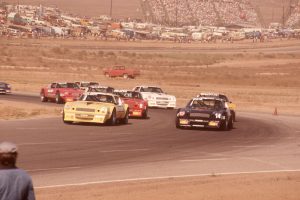 The 1985 season was truncated due to cancellation of the Talladega event. NASCAR’s Harry Gant won the title. Watkins Glen was added for 1986. CART Champion Al Unser Jr. took the Championship. Despite Unser’s versatility, he was beaten in 1987 by NASCAR star Geoff Bodine.
The 1985 season was truncated due to cancellation of the Talladega event. NASCAR’s Harry Gant won the title. Watkins Glen was added for 1986. CART Champion Al Unser Jr. took the Championship. Despite Unser’s versatility, he was beaten in 1987 by NASCAR star Geoff Bodine.
Riverside, the original IROC venue, returned to the series for 1988. Al Unser Jr. Won, the last non-NASCAR Winner of the IROC Championship. In 1989, Terry Labonte won at Michigan and was the top NASCAR finisher on the road course at Watkins Glen, to take the season title.
Chevrolet chose not to renew its contract for 1990, but nimble IROC management lured Dodge as a sponsor. The cars were basically the same as before, but now wearing fiberglass bodywork that resembled a Dodge Daytona Sport Coupe. Under the hood was a Dodge 355 cubic inch NASCAR V-8 detuned to 450 hp.
Formula One driver Martin Brundle won a road course event, but Dale Earnhardt won the IROC Championship. For 1991, the fiberglass body shell was changed to one that looked like a Dodge Avenger, after which Dodge dropped out of IROC.
For 1996, Laughlin Racing Products built new tube-frame chassis fitted with 350 cubic inch V-8s supplied by GM Motorsports and fiberglass racing bodies that looked like a Pontiac Firebird. Wearing Brodix cast aluminum heads with a mild compression ratio of just 9.0:1, these were claimed to make 500 hp thanks to a Titanium intake manifold, 750 cfm Holley and stainless-steel headers/exhaust. The V-8 drove through a Jericho 4-speed transmission, Dana 3.16:1 quick-change differential and Goodyear Eagle racing radials.
Dale Earnhardt was IROC Champion in 1999 and 2000, and was leading the 2001 IROC series until he was killed in NASCAR’s Daytona 500 race.
Jay Signore put together a three-year sponsorship deal with Crown Royal, so by 2005, the total purse was $1.9 million, of which a cool $1-million went to the IROC Champion. This was up significantly from the $250,000 Kurt Busch received for Winning in 2003.
Matt Kenseth grabbed the million in 2004, followed by Mark Martin in 2005 and Tony Stewart in 2006. IROC’s demise was caused by a combination of boring races that were similar to NASCAR events only slower, and the almost total absence of sponsorship money thanks to The Great Recession. IROC assets, including unbadged Pontiac Firebird race cars, were finally auctioned off in 2008.
IROC CHAMPIONS
1974: Mark Donohue, Sports Car
1975: Bobby Unser, USAC Champ Car
1976: A.J. Foyt, USAC Champ Car
1977: A.J. Foyt, USAC Champ Car
1978: Al Unser, USAC Champ Car
1979: Mario Andretti, F1, USAC Champ Car
1980: Bobby Allison, NASCAR
1984: Cale Yarborough, NASCAR
1985: Harry Gant, NASCAR
1986: Al Unser Jr., IRL-Indy Racing
1987: Geoffrey Bodine, NASCAR
1988: Al Unser Jr., IRL-Indy Racing
1989: Terry Labonte, NASCAR
1990: Dale Earnhardt, NASCAR
1991: Rusty Wallace, NASCAR
1992: Ricky Rudd, IRL-Indy Racing
1993: Davey Allison/Terry Labonte, NASCAR
1994: Al Unser Jr., IRL-Indy Racing
1995: Mark Martin, NASCAR
1996: Mark Martin, NASCAR
1997: Mark Martin, NASCAR
1998: Mark Martin, NASCAR
1999: Dale Earnhardt, NASCAR
2000: Dale Earnhardt, NASCAR
2001: Bobby Labonte, NASCAR
2002: Kevin Harvick, NASCAR
2003: Kurt Busch, NASCAR
2004: Matt Kenseth, NASCAR
2005: Mark Martin, NASCAR
2006: Tony Stewart, NASCAR

